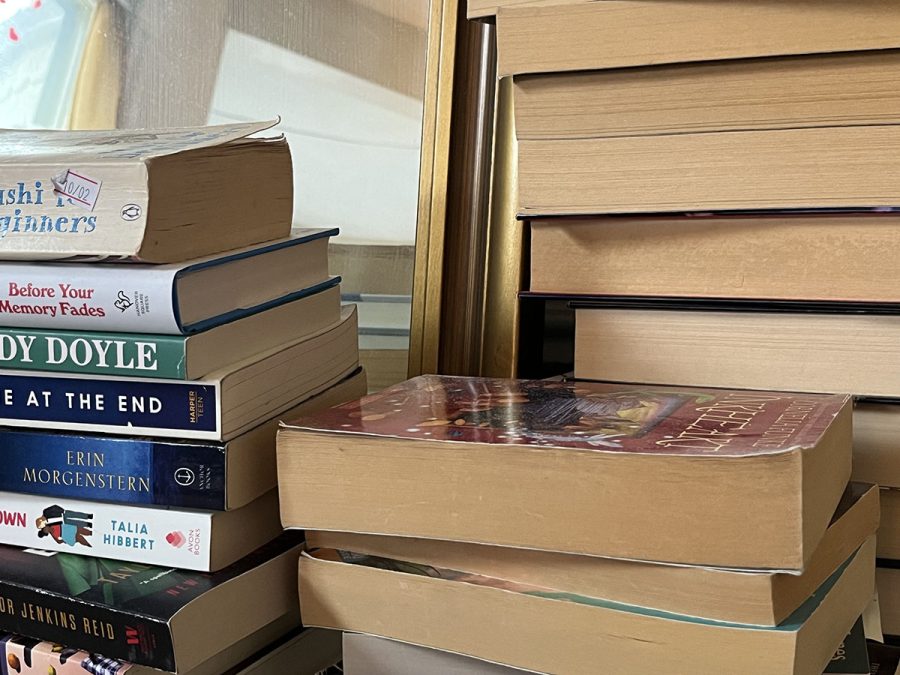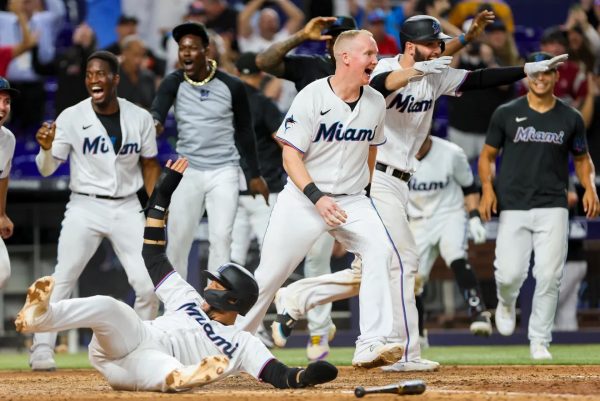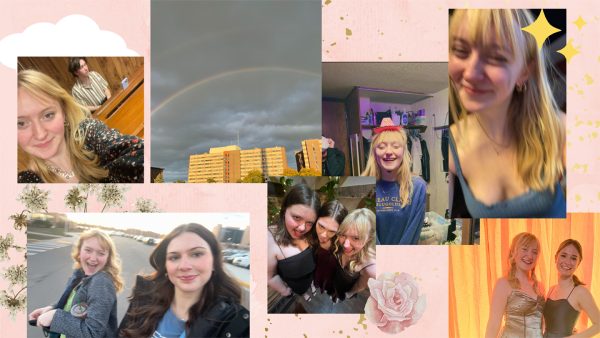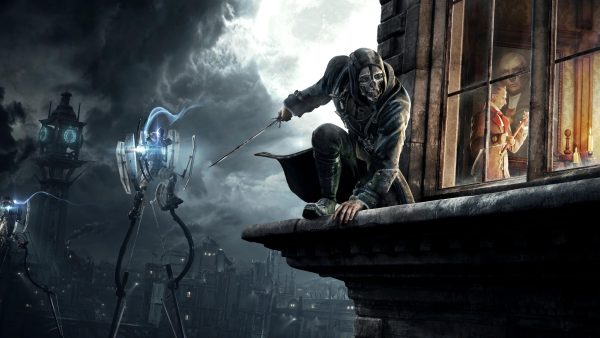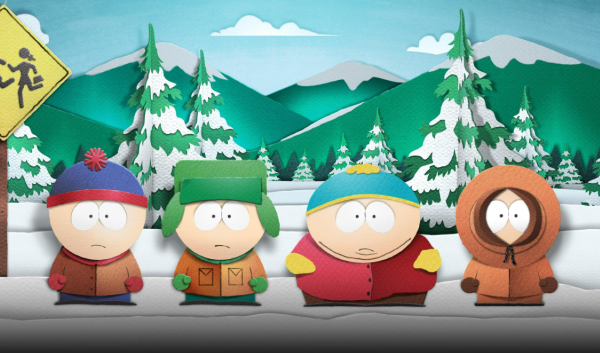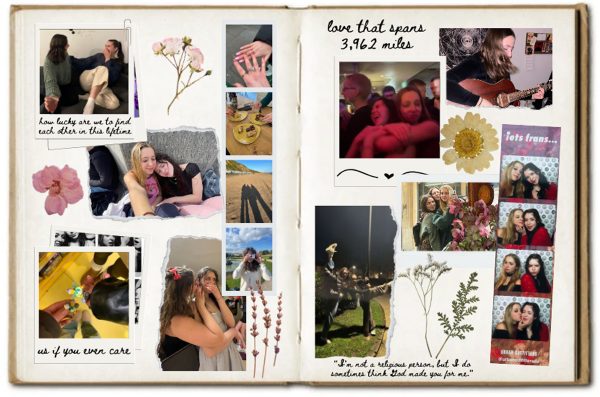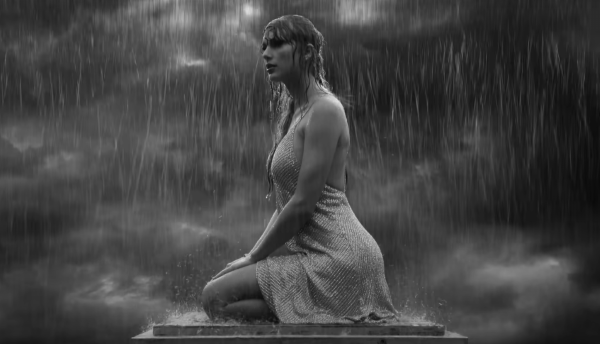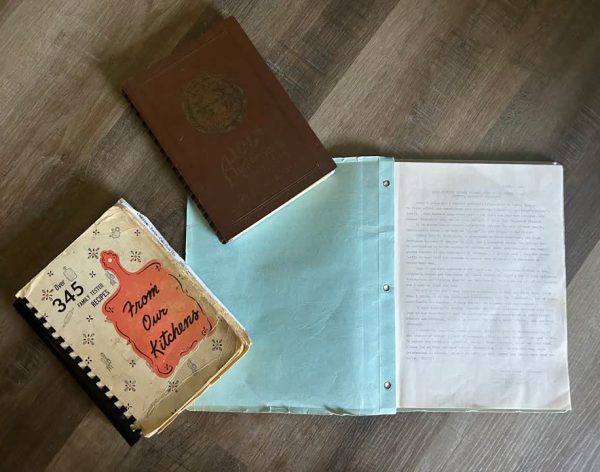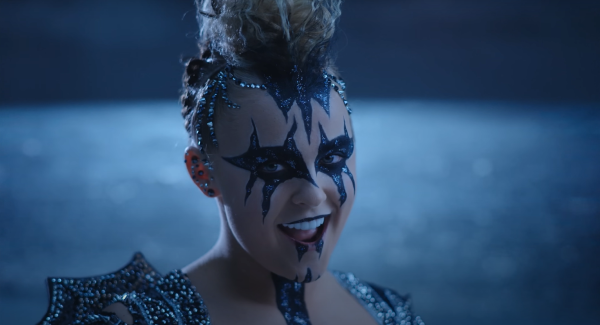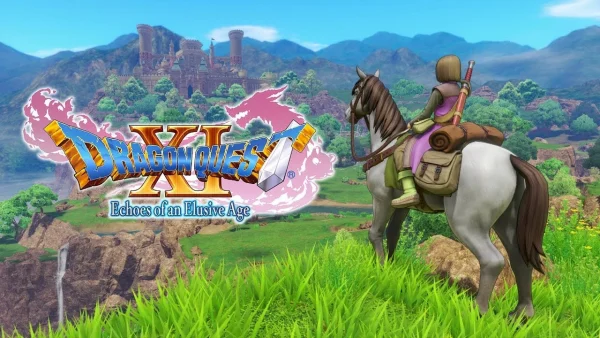The truth about where our stories come from
America, a Dystopian Reality
Growing up, I loved reading. I loved the escape from reality and the imaginary heroes who would swoop in and save the day. And one of my favorite genres? Dystopian novels. Little did I know, I was just reading the stories of my ancestors.
You know those stories which gain so much traction in the media? Those stories like “The Hunger Games”, “The Handmaid’s Tale”, “Divergent”, “The Maze Runner” and the list goes on. Little did I know that all those stories were true, and happened right here in America.
The stories that I used as an escape, where I waited for the heroes to swoop in and save the day, were actually the reality for many Black and Indigenous people in America, except they had no hero to come and save them.
Whether the authors of these books realized it or not, they were telling the stories of those who couldn’t escape this dystopian society.
They were telling the stories of Black and Indigenous Americans.
Sadly, this is something I didn’t know or even realize until just last week when I saw a video on TikTok.
That’s right, I learned about this on TikTok, the app currently in the process of being banned by the U.S. government due to alleged concerns about data privacy and national security.
But, TikTok has taught me more than any U.S. history class ever has.
It was TikTok that showed me all of these popular dystopian novels were actually just a display of white people’s fears of things that had already happened to Black and Brown people at some point in American history.
Don’t believe me? Here are just a few examples mentioned in the video:
“The Hunger Games”, a book about the rich and controlling Capital, Panem, forcing two people from each of the 12 mistreated districts to fight to the death in an arena for the entertainment of the rich is eerily similar to the Negro Battle Royals held in America up until the 1950s.
Negro Battle Royals were brawls where Black men and boys were forced to fight in an arena (often until death) for white entertainment. At the end of the brawl, the solo winner wins a cash prize of a few dollars. Sound familiar? These events were often held at Fourth of July celebrations.
Not only this, but many of the tragedies performed on the districts by the Capital in the stories also mimic actions performed by the government and white communities to Black people in America.
For example, in the books, the Capital drops bombs on the districts in order to kill everyone in the district and eradicate the city. In America, the same thing happened in Tulsa, Okla, when white terrorists dropped bombs on a thriving black community and walked the streets killing them all and eradicating what was known as Black Wall Street.
“The Handmaid’s Tale” is a book about handmaids who are forced to have children who would be ripped away from them for high society couples who couldn’t conceive.
Similarly, all throughout slavery Black women were forced by slave owners to have children that would later be taken away from them and sold into the slave trade where they would be forced to perform slave labor.
This book also holds similarities to Indigenous history where Indigenous children were stolen from their families, sent to boarding schools where they were forced to eliminate their culture, murdered and buried in unmarked graves.
“The Maze Runner” is a book about young men who are put through a series of unethical trials and medical experimentation in order to find a cure for a deadly disease that was wiping out the world’s population.
In the Tuskegee experiments, a study run by the U.S. government, 600 black men were lied to and experimented on in order to, allegedly, find a cure for Syphilis.
This study lasted an unethically long time, 40 years, and was performed without informed consent while participants were told they were being treated for “bad blood.” This study continued even after there was a cure for syphilis.
“Divergent”, is a story about a society divided into five factions which young adults must choose between. If the young adults don’t choose they are discarded and forced to live in the shadows of the rundown parts of the city with little to no access to food, housing, clothes and other necessities.
This fear of being discarded and sent to rundown parts of the city with no access to necessities is oddly similar to redlining in America, where Black people faced immense racial discrimination in housing and were allotted little to no access to basic needs.
In “The Giver”, the memories of history and culture are erased from the people of society’s memories and they are forbidden from relearning it.
This book holds many similarities to the ethnocide enslaved Africans faced after being taken from Africa and the forced eradication that took place against Indigenous people throughout American history and specifically in Boarding schools.
In “Fahrenheit 451”, the government controls the population by destroying all books in order to keep the public from knowing the truth about history.
In America, time and time again the government has pushed for and passed laws forbidding Black and Indigenous history to be taught in history classes, even still to this day. As well as this, the true history of Black and Indigenous people in America has been eradicated and all but covered up in order to control the populations.
Jackson can be reached at [email protected].
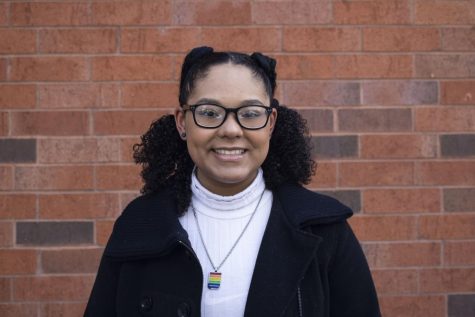
Kiara Jackson is a fourth-year integrated strategic communication and criminal justice student and this is their second semester on The Spectator. When they are not writing for The Spectator, Kiara is likely listening to music, hanging with friends, watching Marvel or anxiously pacing around their dorm room just trying to survive their final school year.

